Home>Updates
Industrial parks benefit residents, tourists in Hainan
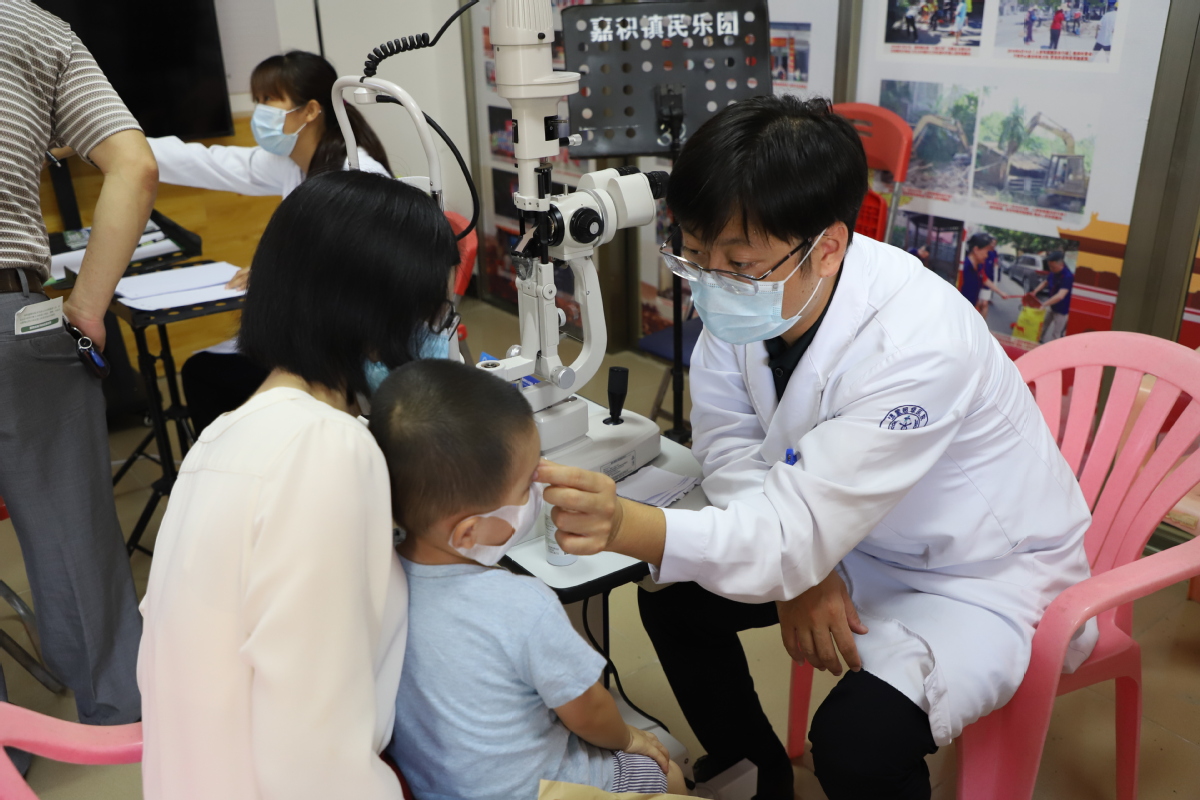
A boy gets a free eye exam at the Hainan Boao Lecheng International Medical Tourism Pilot Zone. [Photo/LI ZHONGWEI FOR CHINA DAILY]
Alias Tongtong, a one-year-old boy with severe hearing impairment, was implanted with a new pair of "ears" imported from Austria last week by doctors from Shanghai at the Hainan Boao Lecheng International Medical Tourism Pilot Zone, becoming one of the latest 70 beneficiaries in about a month to access the most advanced technologies that enable them to hear the voice of the world.
Also at the Boao Super Hospital of the zone, doctors from Wenzhou recently conducted the country's first artificial iris implant surgery, a technology from Germany that has helped restore eyesight for a young man whose right eye was hit with a piece of hot iron eight months ago when working at a factory in Shandong province.
"The pilot zone is becoming a beachhead for foreign and domestic medical and healthcare companies, with more than 100 internationally approved devices and 100 innovative drugs that are not yet approved in the remainder of China but made available in less than a year," said Gu Gang, head of the Administration for the Boao Lecheng International Medical Tourism Pilot Zone, which is close to the permanent site of the Boao Forum for Asia on the east coast of Hainan Island.
"The policy breakthrough has provided super experiences to medical tourists in Boao and it was also a joyous news to millions of Chinese people with serious illnesses, at a time when, every year, more than 800,000 tourists travel abroad for medical and healthcare treatment," said Gu.
Established to pioneer China's opening up of the medical sector and explore models for the "Health China" national strategy, the zone enjoys nine preferential policies such as special permission to import medical technology, medical equipment and medicines. The policies allow medical institutions in the zone to import and use badly needed drugs, medical devices and equipment from overseas that are not yet approved for other areas by the Chinese authorities.
He said the flow of medical tourists to the zone was expected to reach 200,000 this year, as more detailed promotions of the special policies will let more people in need be informed. The zone received 75,000 medical tourists in 2019.
"With Hainan becoming a destination for international medical tourism, its residents and tourists are in a very favorable position," said Xia Feng, executive director of the Institute for Advanced Studies of Humanities and Social Sciences at Hainan University.
Middle-aged Meng Mei and her neighbors in Boao town feel lucky for being able to enjoy occasionally free clinic services provided by doctors from the nearby pilot zone.
"I was so happy to get my chest tightness checked by doctor Fang from Beijing in my hometown," said Meng during a recent on-the-spot free clinic service offered by 50 doctors from hospitals in the zone, including 62-year-old Fang Pihua, vice-president of Boao Super Hospital and an expert on cardiovascular diseases from Beijing Fuwai Hospital under the Chinese Academy of Medical Sciences.
"Doctor Fang's words were very reassuring to us," Meng said.
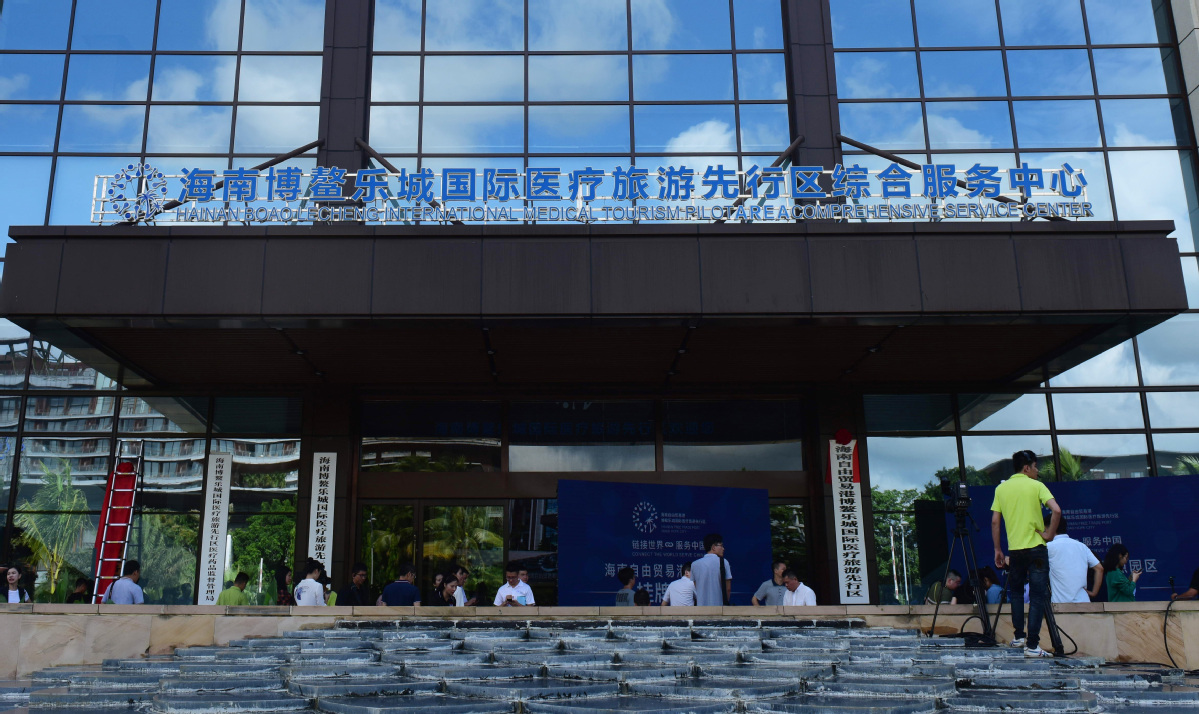
The Hainan Boao Lecheng International Medical Tourism Pilot Zone. [Photo/Xinhua]
"As a feedback and a token of thanks to the residents of Qionghai for their great contribution in the construction and operation of Lecheng pilot zone, our volunteer medical consultation and health service activities will be extended to cities and counties across the island to enhance healthcare awareness among Hainan residents," said Liu Zhefeng, deputy director of the pilot zone administration.
"We also want to let them know that they can visit the zone's hospitals instead of going elsewhere for medical treatment, because, apart from its high-end sophisticated technologies and services, Lecheng also provides a lot of medical services that are supported by the local social medical insurance system," Liu said.
He added that a special commercial insurance policy on imported medicines will be introduced at the zone early next month in a bid to drag down the prices and make imported medicine more affordable for the average people in China.
To serve more people with its unique medical resources, Boao Evergrande International Hospital at the zone has launched a three-year-long charity lung cancer screening program for high-risk people, both locals and tourists, following a similar charity service on breast cancer introduced last year. Each year, 780,000 people become lung cancer victims in China, according to the National Cancer Center of China.
"While making contributions to the local economy, key industrial parks in Hainan have also created solid benefits for the local people, including more jobs, better income, better infrastructure, construction of special-feature towns that have helped many families getting out of poverty and living in a much more comfortable environment," said Xia with the Hainan University institute.
The Yangpu Economic Development Zone, for instance, the main industrial park in Hainan which is serving as the pilot zone for early policy arrangements for the construction of Hainan Free Trade Port, has provided effective support to improve the welfare of the local rural communities nearby. In the past five years, the zone provided jobs to 611 people from poverty-stricken families and rebuilt houses for 149 poor families, according to the Yangpu zone administration.
The Hainan Software Resort Community, another key industrial park and home to 5,620 firms engaging in innovative information technologies-such as cutting-edge blockchain technology, has provided jobs to local villagers as horticulturists, security staff and cleaners, in addition to the employment of more than 10,000 high-end people.
Data from the provincial government show that by the end of 2019, there were 19,588 companies in Hainan's 25 large-size industrial parks, accounting for 33.9 percent of the province's total tax revenue but covering less than 1 percent of the province's land resources.

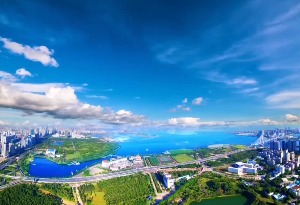 Video: Foreign envoys send best wishes to Hainan FTP
Video: Foreign envoys send best wishes to Hainan FTP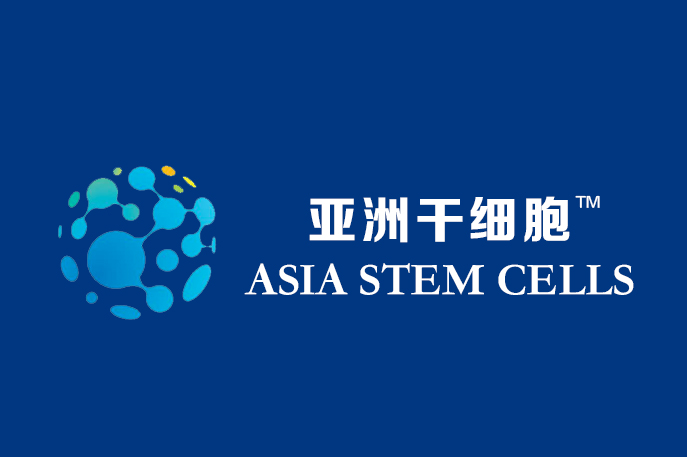 Hainan Xinshengquan International Cell Therapy Hospital
Hainan Xinshengquan International Cell Therapy Hospital 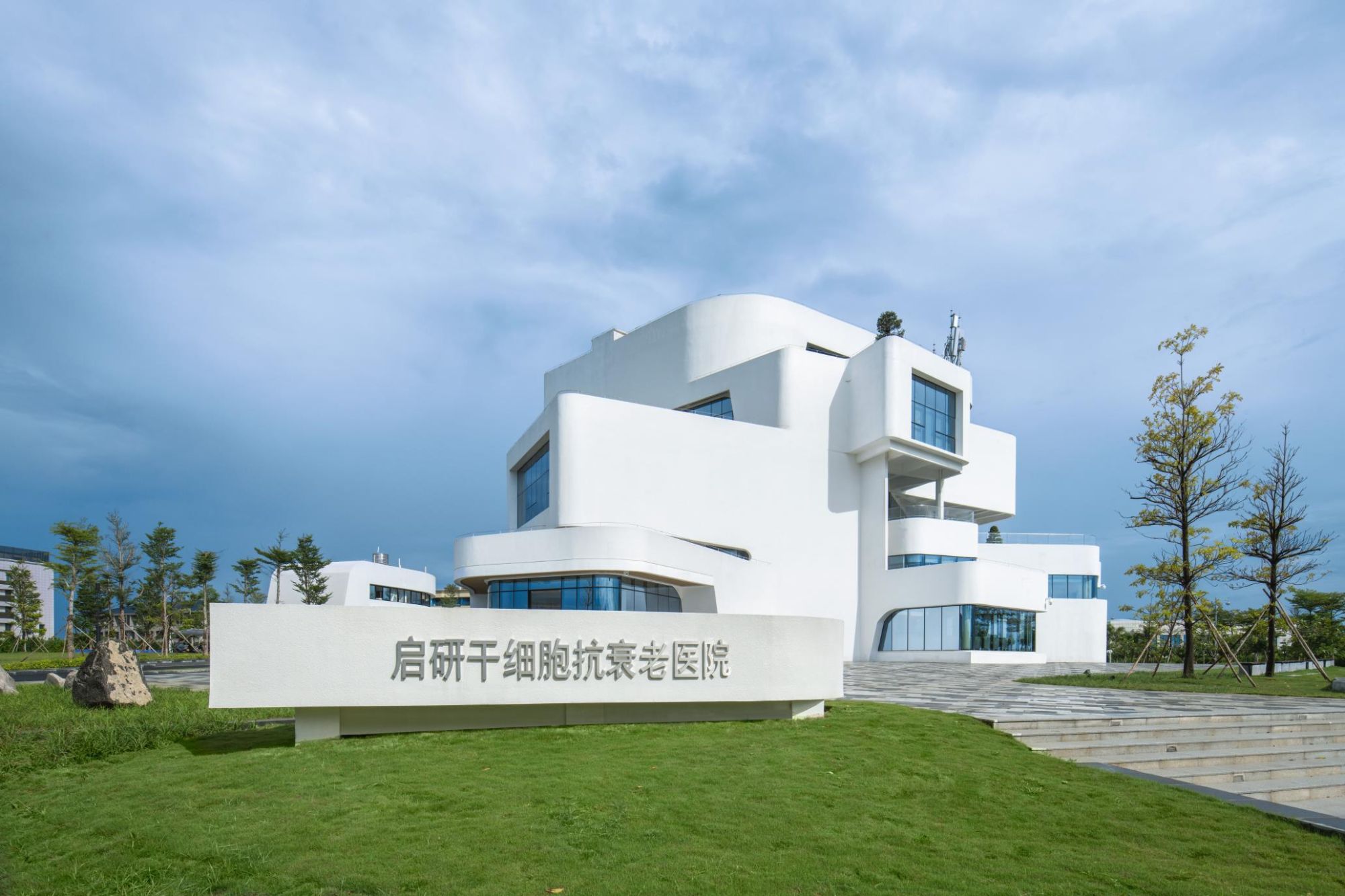 Neology Stem Cell Anti-Aging Hospital
Neology Stem Cell Anti-Aging Hospital 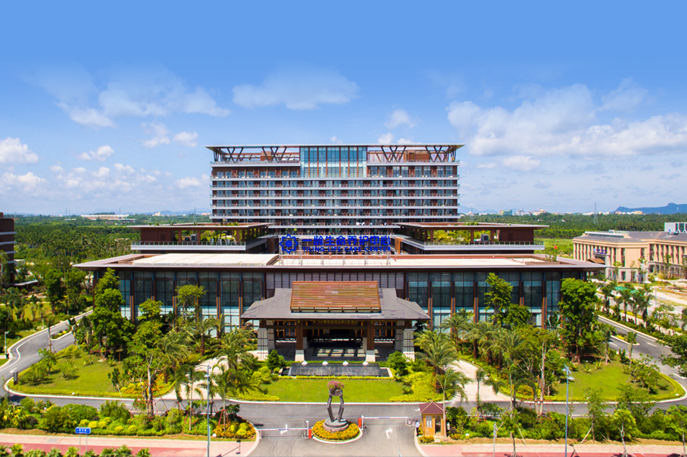 Boao Yiling Life Care Center
Boao Yiling Life Care Center 